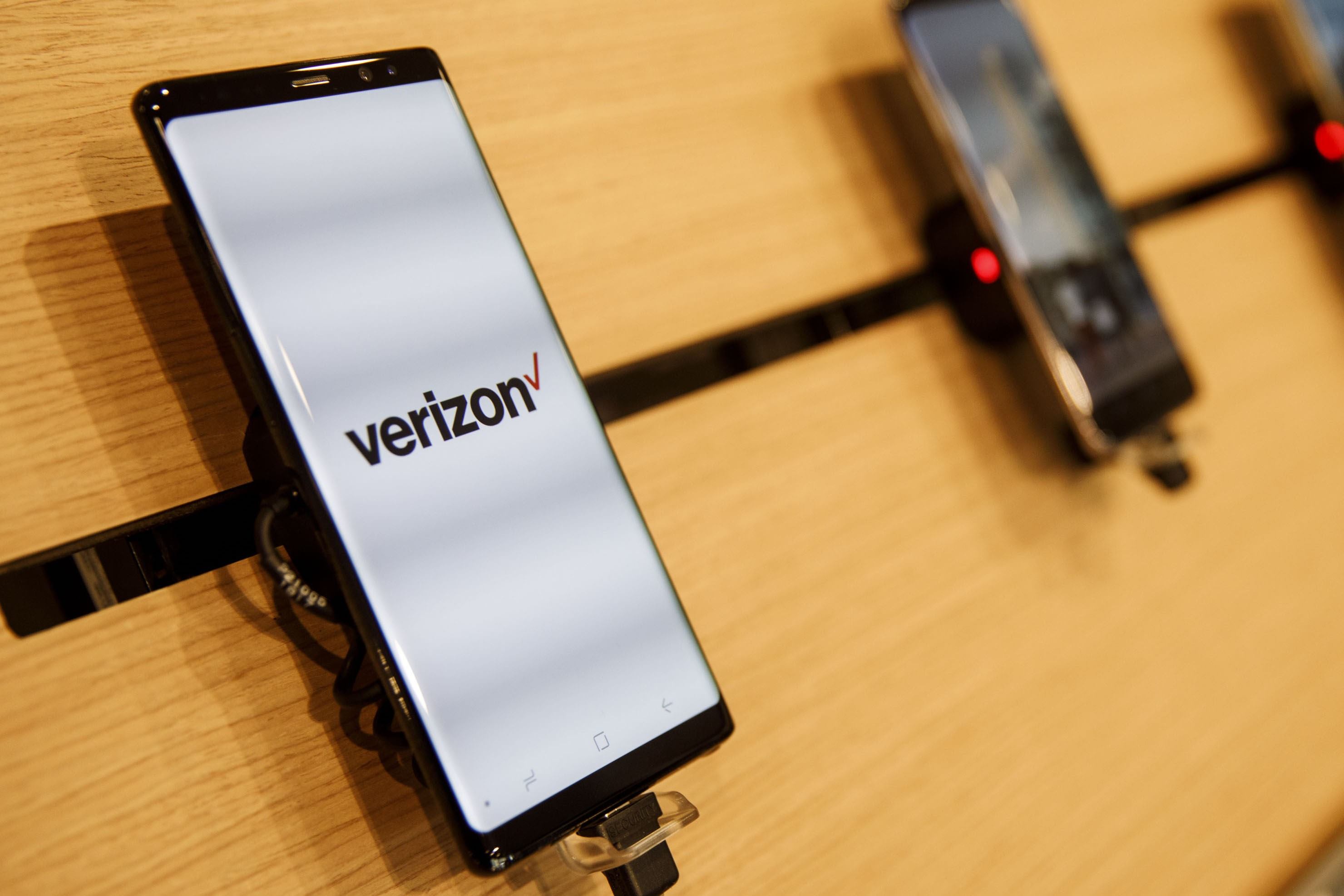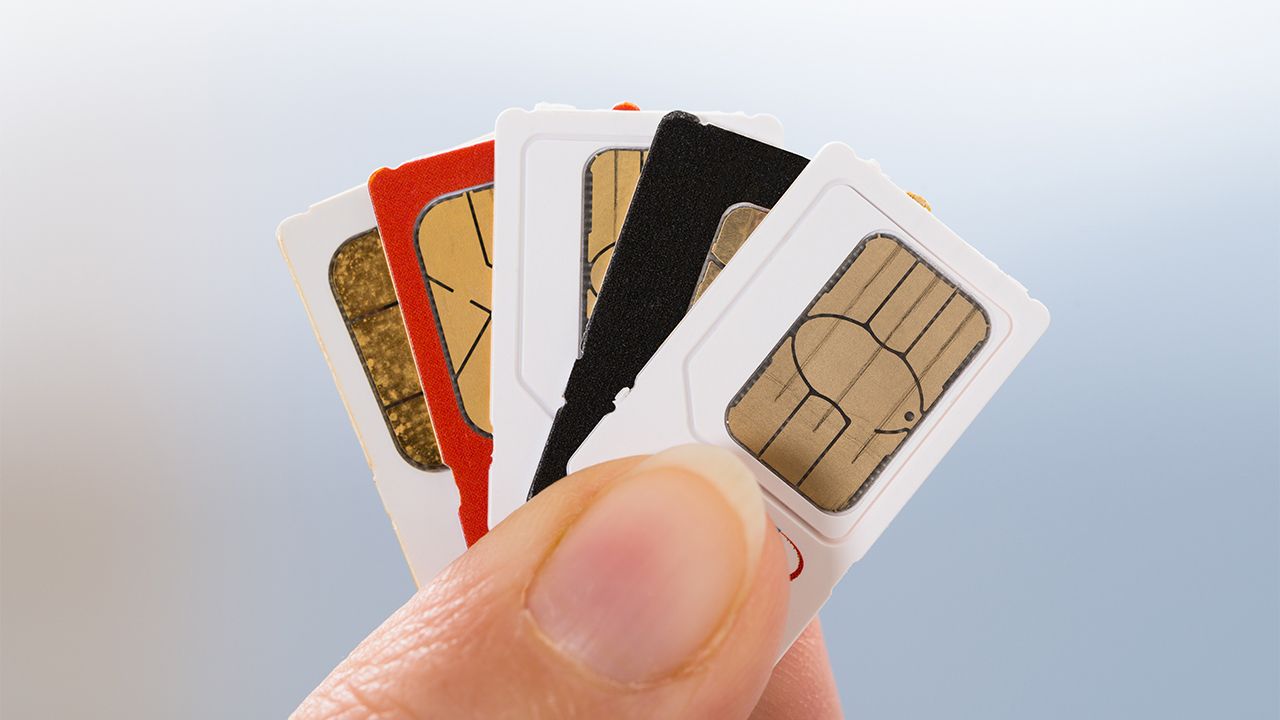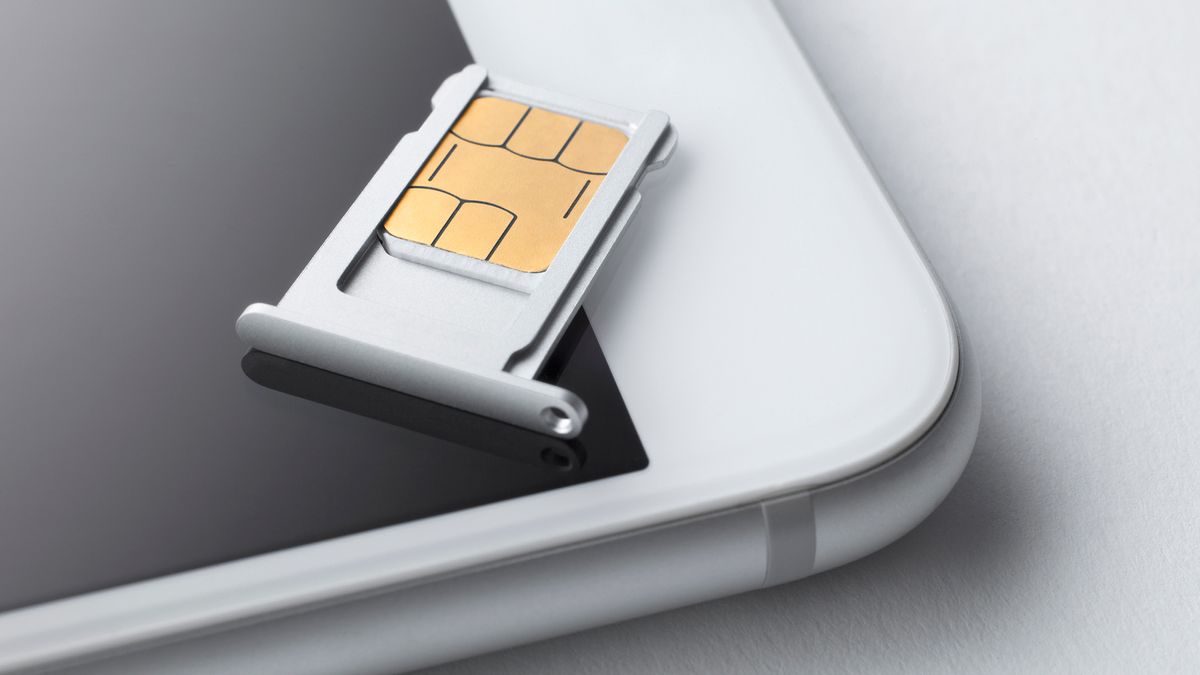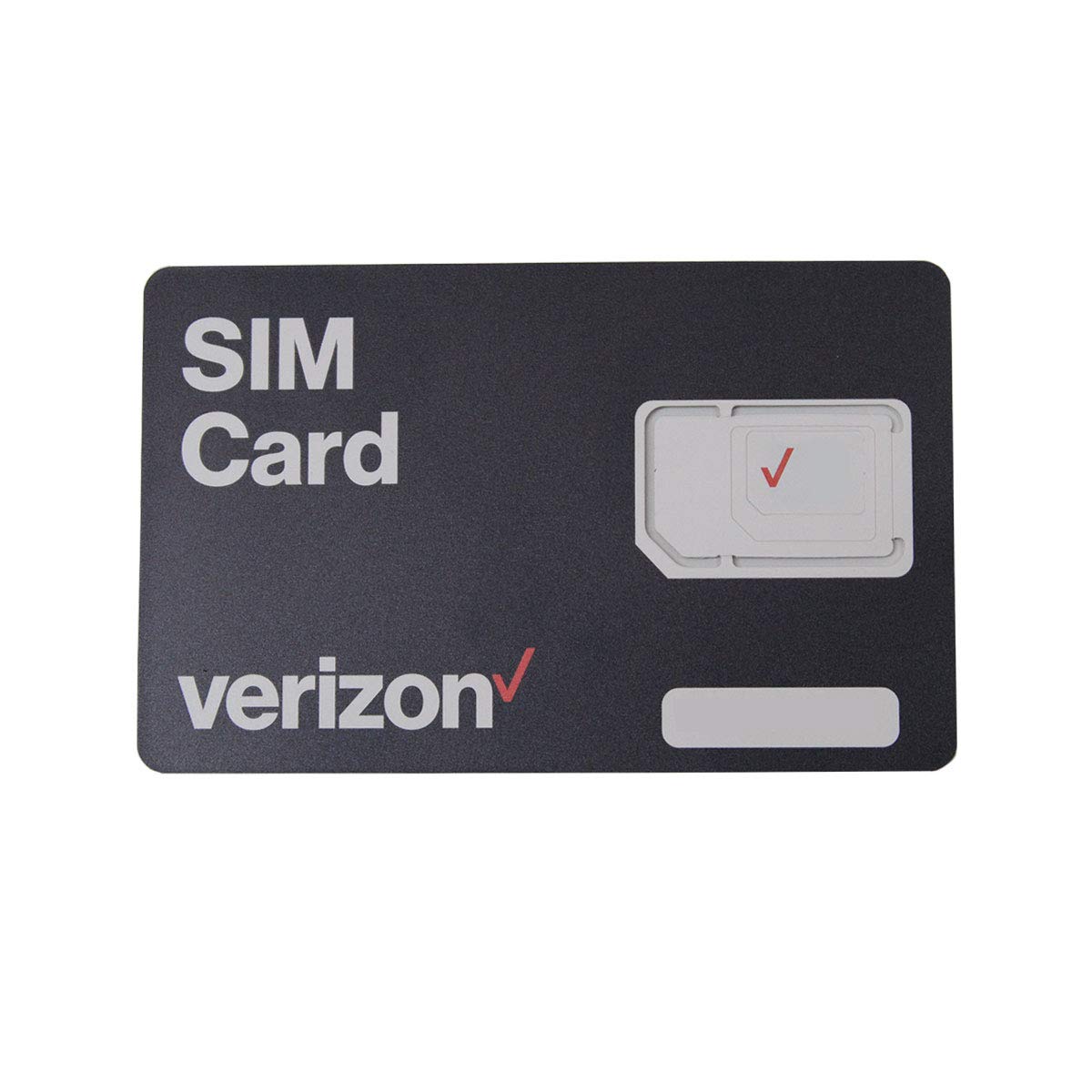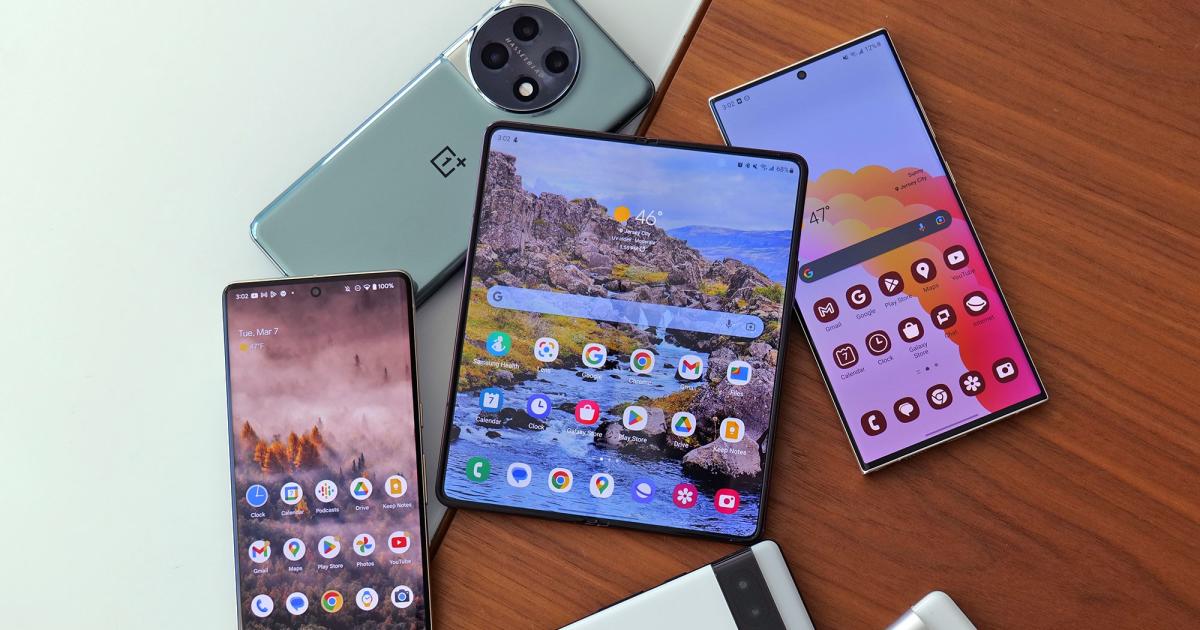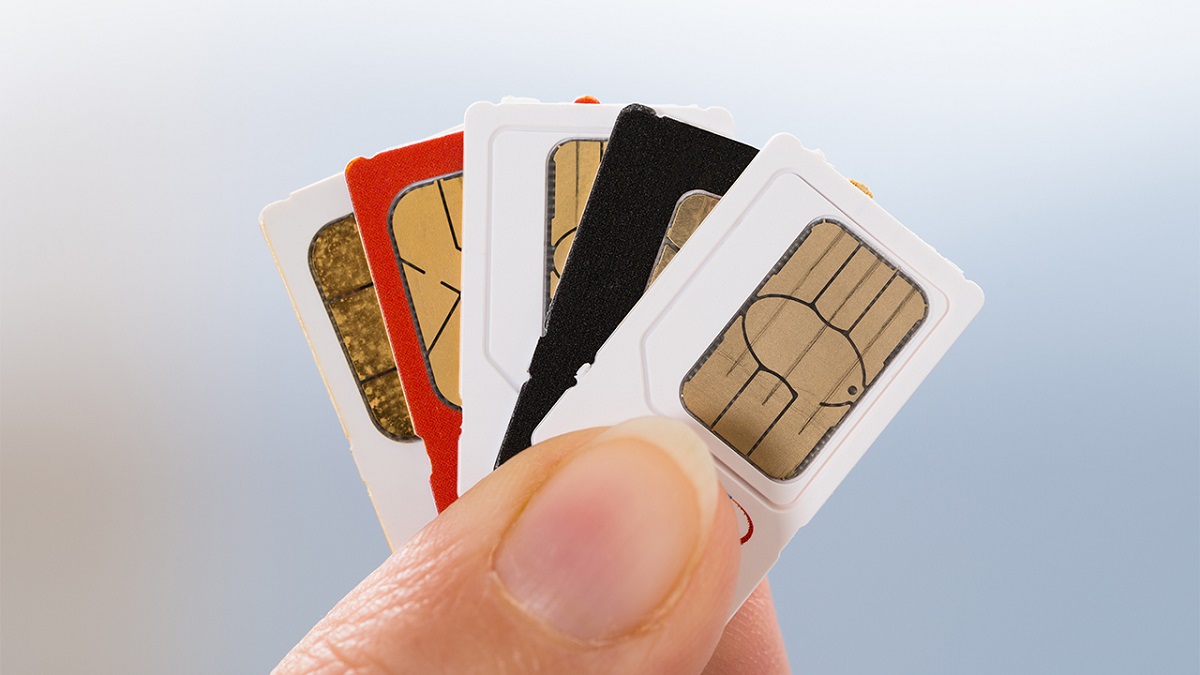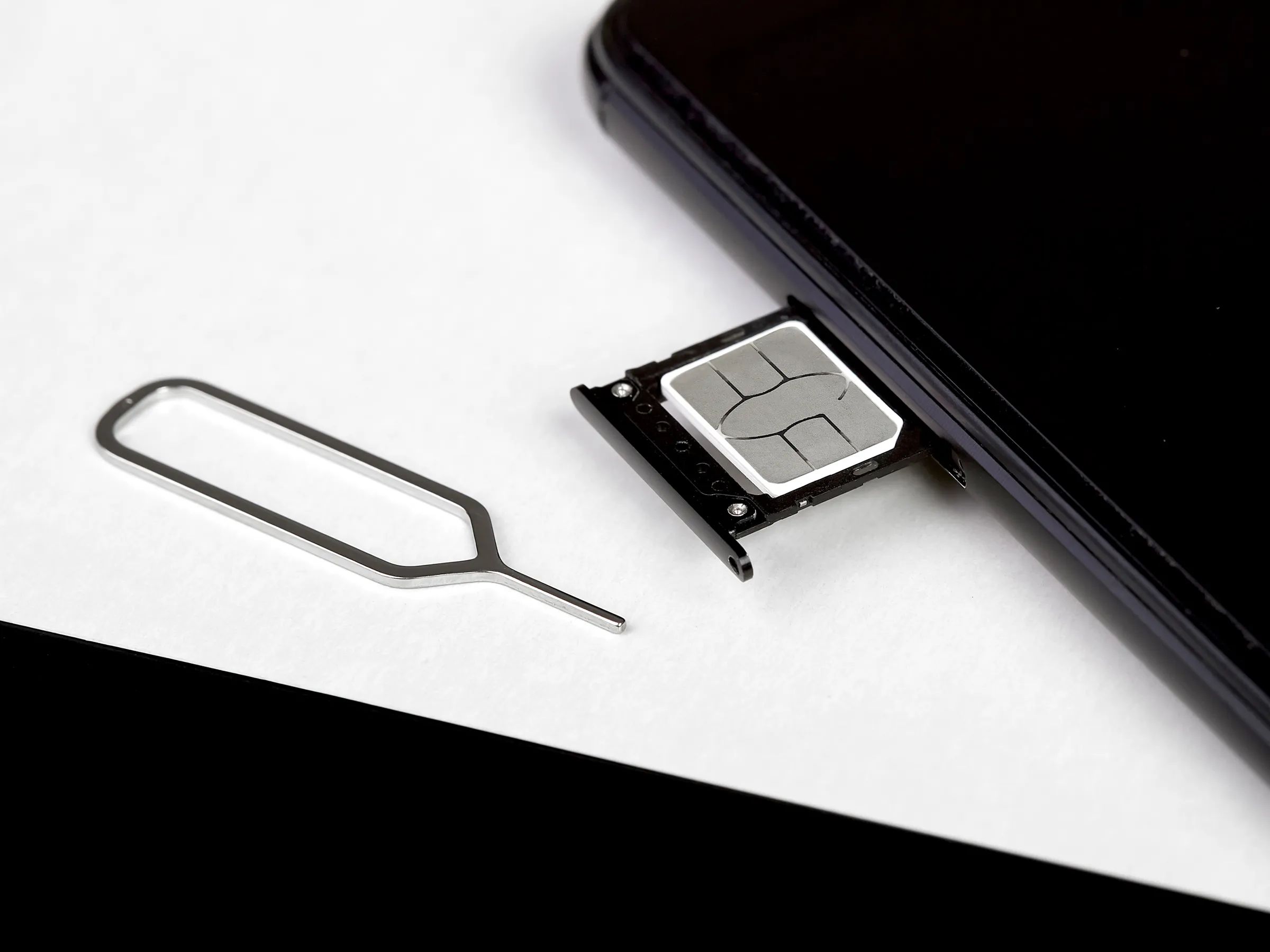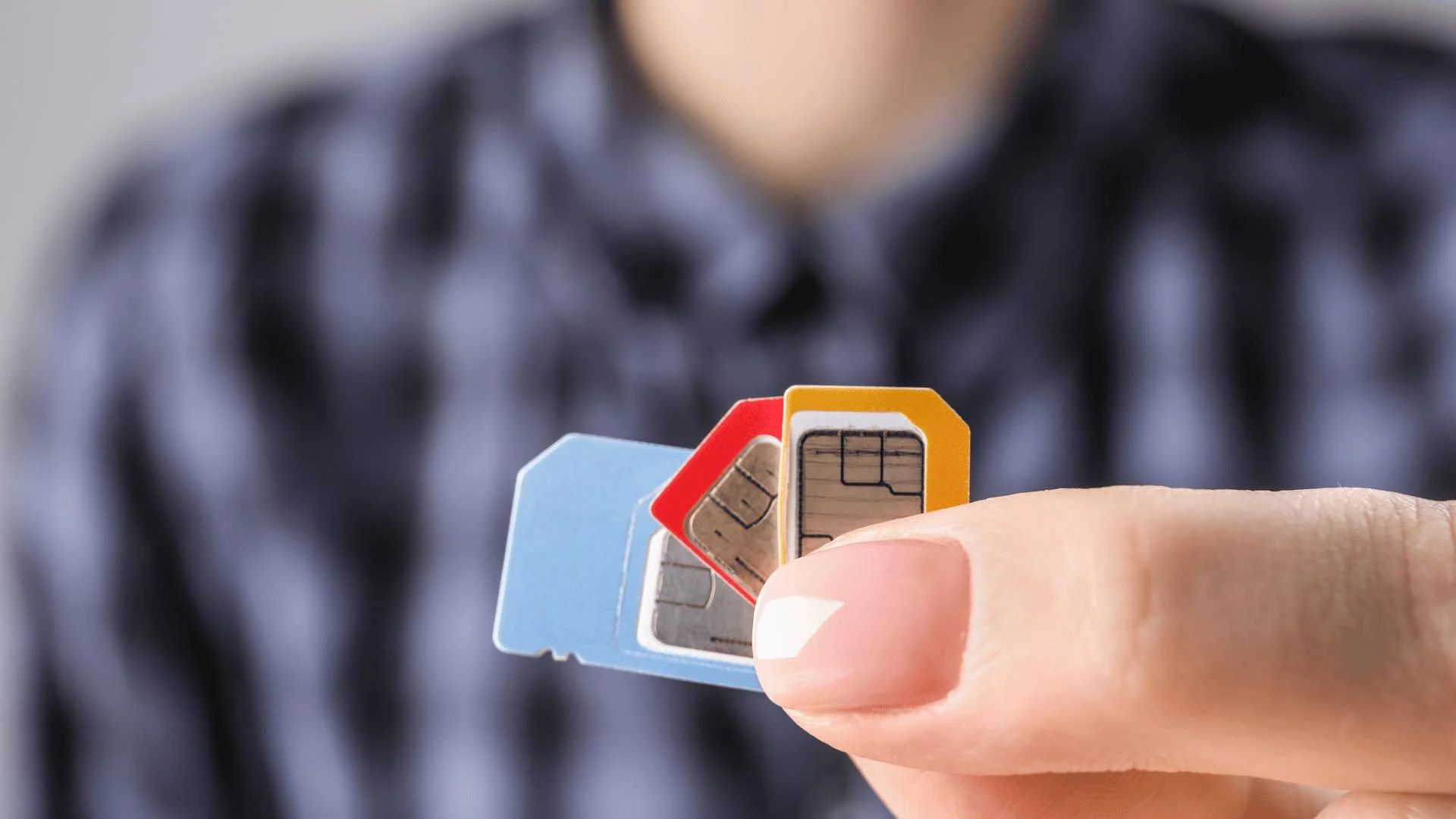Introduction
The world of mobile devices is a dynamic and ever-evolving landscape. With a plethora of options available, consumers are often faced with the dilemma of compatibility when it comes to using different carriers' SIM cards in their smartphones. One such common scenario is the attempt to use an AT&T SIM card in a Verizon phone. This seemingly straightforward task can quickly become a source of frustration due to compatibility issues that may arise.
In this article, we will delve into the intricacies of the AT&T and Verizon networks, explore the potential compatibility issues that may arise when using an AT&T SIM card in a Verizon phone, and provide practical solutions to address these challenges. By gaining a deeper understanding of these issues, readers will be empowered to navigate the complexities of mobile device compatibility with confidence and ease.
The interplay between different carriers' networks and smartphone devices is a multifaceted topic that warrants careful consideration. As such, it is essential to unravel the nuances of compatibility issues that may arise when attempting to use an AT&T SIM card in a Verizon phone. Through this exploration, readers will gain valuable insights that can help them overcome potential hurdles and make informed decisions regarding their mobile device usage.
Understanding AT&T and Verizon Networks
AT&T and Verizon are two of the largest and most prominent wireless carriers in the United States, each with its own distinct network infrastructure and technologies. Understanding the fundamental differences between these networks is crucial when it comes to comprehending the potential compatibility issues that may arise when using an AT&T SIM card in a Verizon phone.
AT&T operates a GSM (Global System for Mobile Communications) network, which is widely used globally and is known for its compatibility with a broad range of devices. On the other hand, Verizon utilizes a CDMA (Code Division Multiple Access) network, which is a different technology compared to GSM. This fundamental difference in network technologies forms the crux of the compatibility challenges that may arise when attempting to use an AT&T SIM card in a Verizon phone.
In addition to the variance in network technologies, AT&T and Verizon also employ different frequency bands and LTE (Long-Term Evolution) bands. This further complicates the compatibility equation, as certain smartphones may not support the specific frequency bands utilized by Verizon, making them incompatible with the carrier's network.
Moreover, the concept of carrier locking adds another layer of complexity to the compatibility issue. Carriers often lock smartphones to their respective networks, restricting the use of SIM cards from other carriers. This practice is particularly prevalent in the United States and can pose a significant obstacle when attempting to use an AT&T SIM card in a Verizon phone.
It is important to note that advancements in technology and the gradual shift toward universal compatibility have led to some modern smartphones being equipped with the capability to operate on both GSM and CDMA networks. However, not all devices possess this dual-network functionality, thereby contributing to the potential compatibility challenges.
By gaining a comprehensive understanding of the distinct network infrastructures, technologies, frequency bands, and carrier locking practices employed by AT&T and Verizon, individuals can better grasp the intricacies of compatibility issues that may arise when interchanging SIM cards between the two carriers. This knowledge forms the foundation for effectively addressing and resolving compatibility challenges, as explored in the subsequent sections of this article.
Compatibility Issues with AT&T SIM Card in a Verizon Phone
The compatibility issues that arise when attempting to use an AT&T SIM card in a Verizon phone stem from the fundamental differences in network technologies, frequency bands, and carrier locking practices employed by these two prominent wireless carriers.
The primary obstacle lies in the variance between GSM and CDMA network technologies. AT&T operates on a GSM network, while Verizon utilizes a CDMA network. This dichotomy in network technologies can lead to incompatibility when a device designed for one network is used with a SIM card from the other. The inherent incompatibility between GSM and CDMA technologies can result in a Verizon phone being unable to recognize or properly utilize an AT&T SIM card.
Furthermore, the disparity in frequency bands and LTE bands used by AT&T and Verizon can exacerbate compatibility challenges. Smartphones are designed to support specific frequency bands to communicate with a carrier's network effectively. If a Verizon phone does not support the frequency bands utilized by AT&T, it may struggle to establish a stable connection or experience limited functionality when an AT&T SIM card is inserted.
The practice of carrier locking further compounds compatibility issues. Many smartphones are locked to a specific carrier's network, preventing the seamless use of SIM cards from other carriers. When a Verizon phone is locked to the carrier's network, attempting to use an AT&T SIM card may result in an error message or an inability to establish a connection, thereby hindering the device's functionality.
In summary, the compatibility issues that arise when using an AT&T SIM card in a Verizon phone are multifaceted and rooted in the differences between GSM and CDMA network technologies, frequency band disparities, and carrier locking practices. These factors collectively contribute to the challenges encountered when attempting to interchange SIM cards between AT&T and Verizon devices. Understanding these compatibility issues is essential for effectively addressing and resolving the hurdles that may arise, as explored in the subsequent sections.
How to Check Compatibility
When considering the compatibility of an AT&T SIM card in a Verizon phone, it is crucial to undertake a comprehensive assessment to determine whether the device and SIM card are compatible. Here are the steps to effectively check compatibility:
-
Research the Phone's Specifications: Begin by researching the specifications of the Verizon phone in question. Identify the specific model and delve into its technical specifications, including network compatibility, supported frequency bands, and whether it is carrier locked. This information can typically be found on the manufacturer's website or through reputable mobile device databases.
-
Consult the Manufacturer or Carrier: Reach out to the manufacturer of the Verizon phone or the carrier directly to inquire about the device's compatibility with AT&T SIM cards. Manufacturers and carriers often provide detailed information regarding network compatibility and any restrictions that may impact the use of SIM cards from other carriers.
-
Utilize Online Compatibility Tools: Several online tools and databases are available to check the compatibility of smartphones with different carriers and SIM cards. These resources allow users to input the device's model and receive detailed information about its compatibility with specific carriers, including AT&T. By leveraging these tools, individuals can gain valuable insights into the device's compatibility before attempting to use an AT&T SIM card.
-
Verify Frequency Band Support: Given the significance of frequency bands in determining compatibility, it is essential to verify whether the Verizon phone supports the frequency bands utilized by AT&T. This information can often be found in the device's technical specifications or obtained from the manufacturer or carrier. Ensuring that the phone supports the necessary frequency bands is pivotal in determining its compatibility with an AT&T SIM card.
-
Consider Carrier Lock Status: Determine whether the Verizon phone is carrier locked, as this can significantly impact its compatibility with an AT&T SIM card. If the device is carrier locked, it may necessitate unlocking before it can effectively utilize a SIM card from a different carrier. Contacting Verizon or utilizing online resources can provide clarity on the carrier lock status and the steps required to unlock the device.
By meticulously following these steps and conducting a thorough assessment of the Verizon phone's specifications, network compatibility, frequency band support, and carrier lock status, individuals can effectively check the compatibility of using an AT&T SIM card in the device. This proactive approach empowers users with the knowledge needed to make informed decisions and address any potential compatibility challenges with confidence.
Solutions for Compatibility Issues
Addressing the compatibility issues that arise when attempting to use an AT&T SIM card in a Verizon phone necessitates practical solutions that can effectively overcome these hurdles. While the inherent differences in network technologies, frequency bands, and carrier locking practices may present challenges, there are several actionable steps that individuals can take to mitigate these compatibility issues and achieve seamless functionality.
-
Unlocking the Device: If the Verizon phone is carrier locked, unlocking the device is a crucial step in enhancing its compatibility with an AT&T SIM card. This can often be accomplished by contacting Verizon to request the unlocking of the device, thereby enabling it to accept SIM cards from other carriers. Once unlocked, the phone gains the flexibility to operate with an AT&T SIM card, alleviating compatibility barriers.
-
Utilizing Dual-Network Devices: Consider utilizing a smartphone that supports both GSM and CDMA networks. Modern devices equipped with this dual-network functionality are designed to operate seamlessly across different carriers, including AT&T and Verizon. By opting for a dual-network device, users can circumvent compatibility issues and enjoy the flexibility of using an AT&T SIM card in a Verizon phone without encountering network technology barriers.
-
Purchasing an Unlocked Smartphone: When acquiring a new smartphone, consider purchasing an unlocked device that is not tied to a specific carrier. Unlocked smartphones offer the advantage of unrestricted compatibility with SIM cards from various carriers, including AT&T. By choosing an unlocked device, individuals can sidestep the limitations imposed by carrier locking and seamlessly use an AT&T SIM card in their Verizon phone.
-
Consulting with Carriers: Engage in proactive communication with both AT&T and Verizon to seek guidance on compatibility issues and potential solutions. Carriers often provide valuable insights and assistance in addressing compatibility challenges, offering recommendations tailored to the specific circumstances of the device and SIM card in question. By leveraging the expertise of carriers, individuals can gain clarity on compatibility issues and explore viable solutions.
-
Exploring Network-Compatible Devices: In situations where compatibility challenges persist, consider exploring smartphones that are explicitly designed to be compatible with both AT&T and Verizon networks. These devices are engineered to seamlessly operate across different carriers, mitigating compatibility issues and ensuring a smooth transition when using an AT&T SIM card in a Verizon phone.
By embracing these solutions, individuals can effectively navigate and mitigate the compatibility issues that may arise when using an AT&T SIM card in a Verizon phone. These actionable steps empower users to proactively address compatibility challenges, fostering a seamless and hassle-free experience when interchanging SIM cards between different carriers.
Conclusion
In conclusion, the endeavor to use an AT&T SIM card in a Verizon phone presents a myriad of compatibility challenges rooted in the fundamental differences between GSM and CDMA network technologies, frequency band disparities, and carrier locking practices. These complexities underscore the importance of gaining a comprehensive understanding of the device's specifications, network compatibility, and potential solutions to address compatibility issues.
The interplay between these factors underscores the need for proactive steps to check compatibility, such as researching the phone's specifications, consulting the manufacturer or carrier, utilizing online compatibility tools, verifying frequency band support, and considering carrier lock status. By meticulously undertaking these measures, individuals can effectively assess the compatibility of using an AT&T SIM card in a Verizon phone, empowering them with the knowledge needed to make informed decisions and address potential compatibility challenges with confidence.
Furthermore, practical solutions such as unlocking the device, utilizing dual-network devices, purchasing unlocked smartphones, consulting with carriers, and exploring network-compatible devices offer actionable pathways to mitigate compatibility issues and achieve seamless functionality when interchanging SIM cards between AT&T and Verizon devices. These solutions provide individuals with the flexibility and adaptability to navigate compatibility challenges and ensure a smooth transition when using an AT&T SIM card in a Verizon phone.
Ultimately, the complexities of mobile device compatibility underscore the dynamic nature of the telecommunications landscape, highlighting the importance of staying informed and proactive when addressing compatibility issues. By embracing a proactive approach and leveraging practical solutions, individuals can effectively navigate the intricacies of compatibility and unlock the full potential of their mobile devices, fostering a seamless and hassle-free experience across different carriers.
In essence, the journey to address compatibility issues when using an AT&T SIM card in a Verizon phone serves as a testament to the evolving nature of mobile device technology, encouraging individuals to embrace knowledge, proactive measures, and practical solutions to overcome compatibility hurdles and maximize the functionality of their smartphones.







